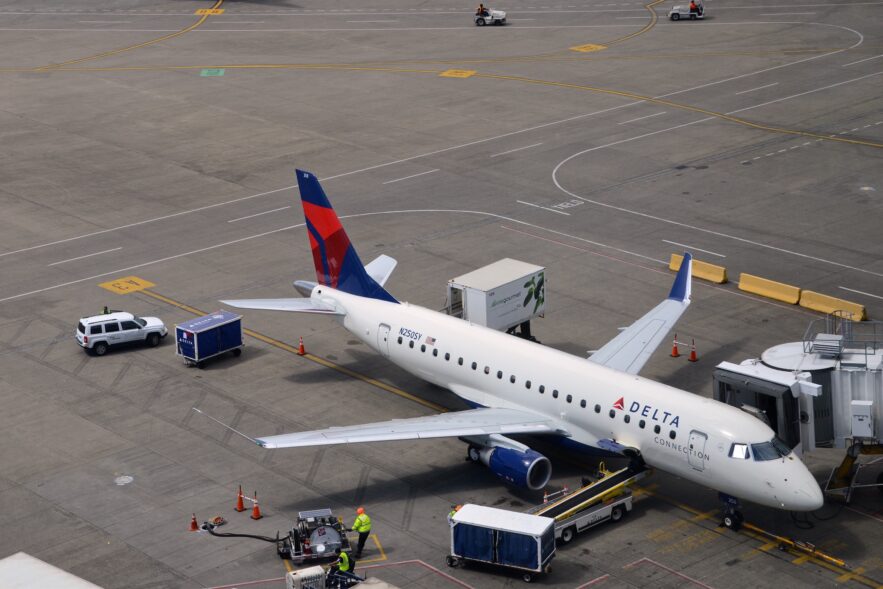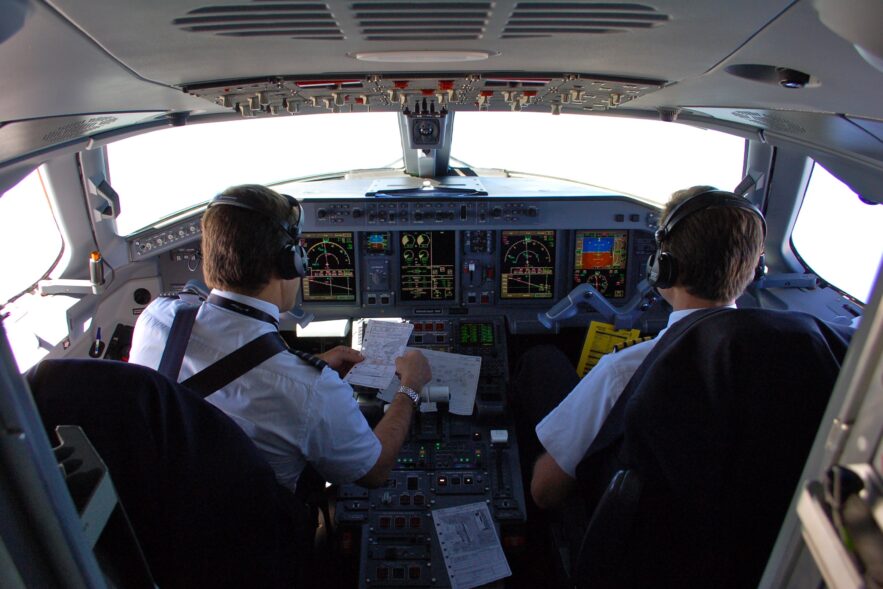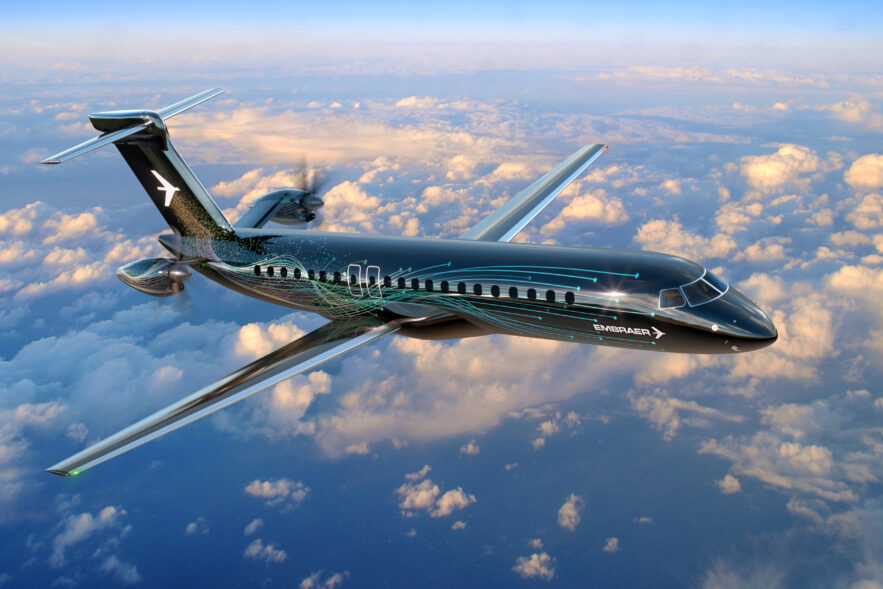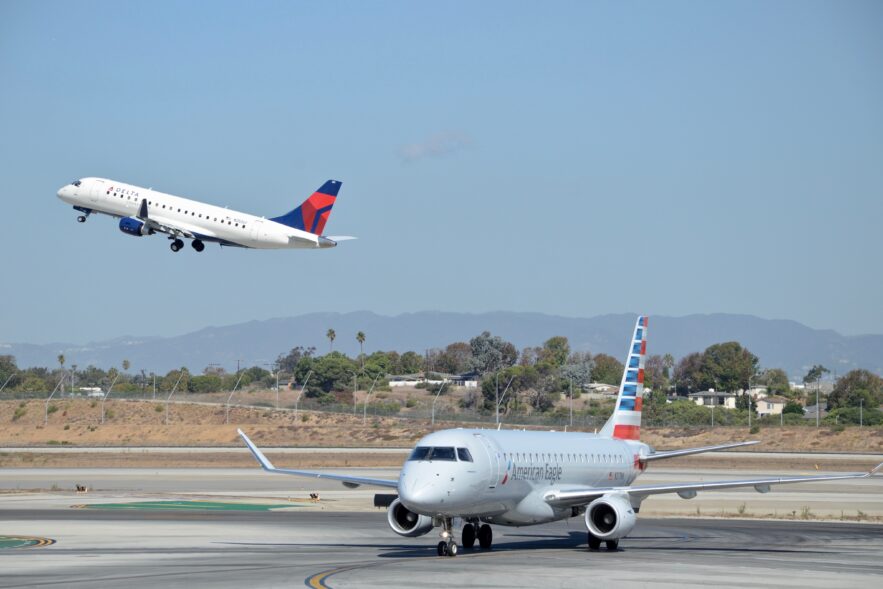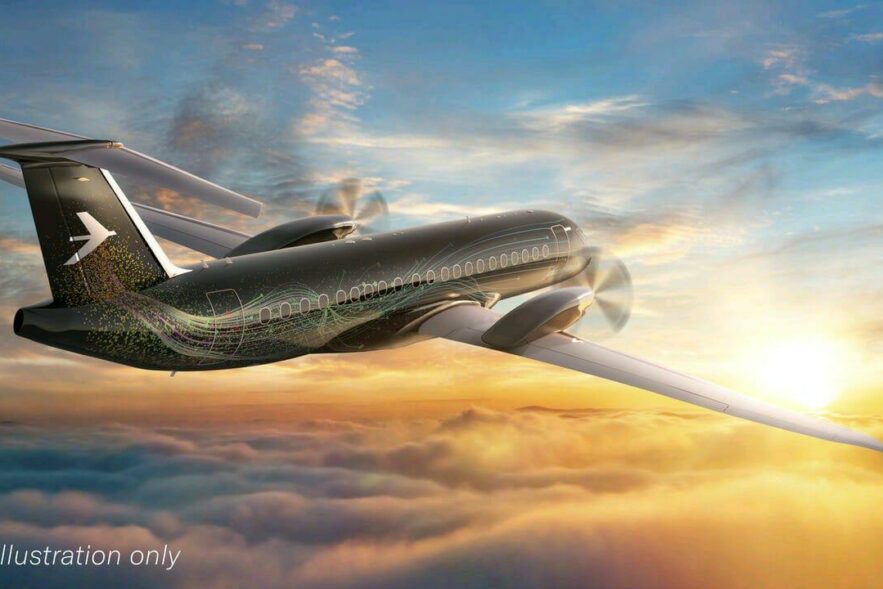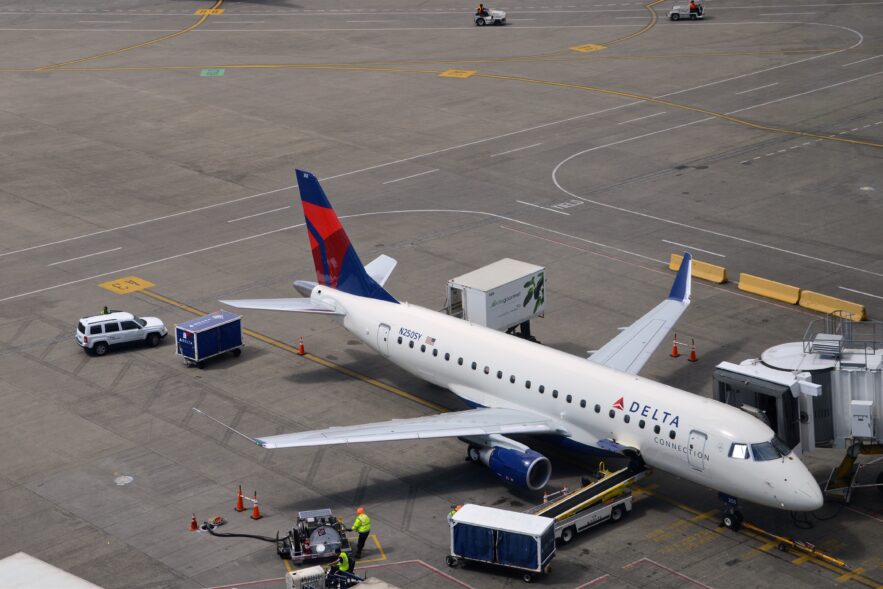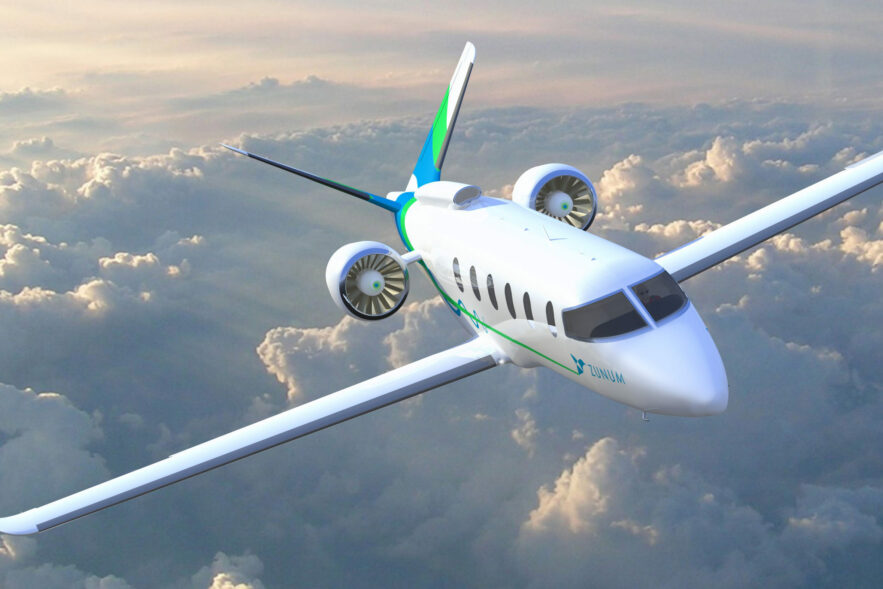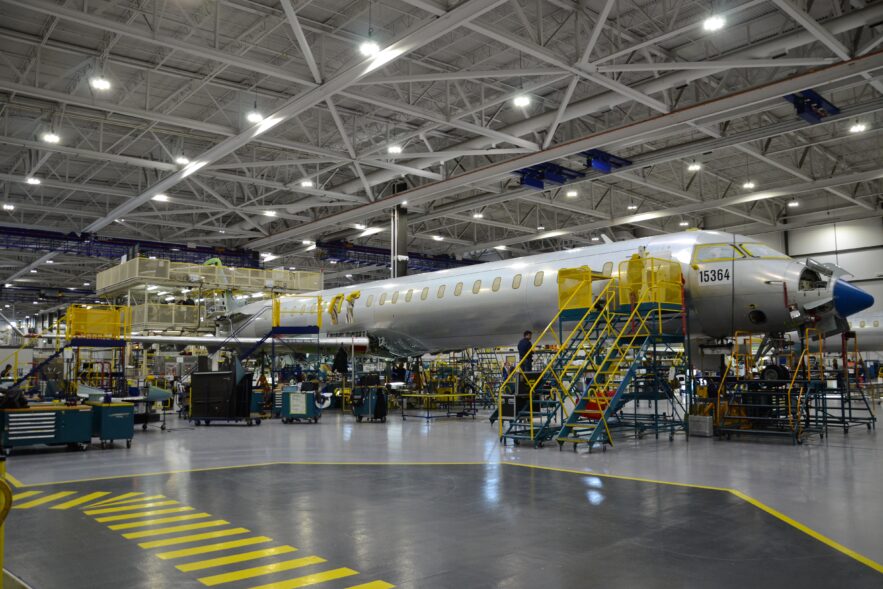Today, the same intuition that initially drove the networks to preserve breadth – the points on route maps – through flying smaller aircraft has shown a recent shift away from the regional aircraft. The recent new trend signals a potential change for the regional aircraft industry, and for the small communities that rely on a connection to the world’s aviation system.
In this TAC Analysis, we revisit the potential re-arrival of a pilot shortage, and how it may quickly become the limiting factor in the recovery. Crucially, while regional airlines were a welcome source of strength during the COVID pandemic, the lack of pilots in the United States could quickly turn the strongest regional jet market on its head. At play are both the near-term effects of staffing flight decks affecting the world, as well as the long-term challenges unique to the United States -- where pilot supply issues have already exposed an acute operational strain on the system.
Fundamentally, even with this new shape, Embraer’s tentatively designated TPNG 70 and TPNG 90 (Turboprop Next Generation) haven’t changed in their overall mission. The aircraft is still a 70 to 90-seat turboprop with a range “a little bit more than 800 nautical miles” but optimized for flights between 250 and 300 nautical miles and flown at speeds “faster than an ATR, but not as fast as the Dash 8-400,” said Souza, putting its cruising speed between 300 and 360 knots. Embraer’s goal is a 15% to 20% improvement in cash operating costs for its bigger TPNG 90 compared to the ATR 72-600.
There’s no one definition of a regional airline and that shows in the pandemic’s rebound. TAC Analysis continues its exploration of which types of regional airlines are excelling in the pandemic era, which are struggling, and what this means for the various aircraft types operating at each.
With receding regional aviation competitors, Embraer studies a return to a market that hasn’t had the choice of an all-new product in decades. Unique quirks of the turboprop market and Embraer technology planning will pressure E3 market potential. Big leaps in efficiency of single-aisle jets compresses the list of small markets that need a big turboprop.
Log-in here if you’re already a subscriber Release DateAugust 9, 2019Unraveling the dynamics behind Delta’s regional airline consolidationPurchase a PDF...
Air service as HQ2 bellwether: Alaska Airlines on Wednesday announced they will launch new flights from Seattle to Columbus, Ohio...
Log-in here if you’re already a subscriber Release DateJune 4, 2019Mitsubishi in advanced negotiations to acquire Bombardier's CRJ programPurchase a...
